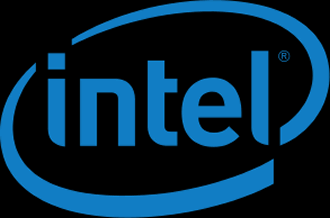 Roadmaps seen by sources close to chip manufacturer Intel say there’s a series of sea changes for server chips to be released in the second quarter of 2015.
Roadmaps seen by sources close to chip manufacturer Intel say there’s a series of sea changes for server chips to be released in the second quarter of 2015.
According to reporters at Taiwanese wire Digitimes, Intel will release processors for servers based on Haswell-EX as it readies other products for workstations too.
It is scheduled to introduce Skylake Xeons in the third quarter as well as Broadwell Xeons during the third quarter of next year.
That means – as is the tradition at Intel – we’ll see several processors phased out including Xeon Phis, Itaniums and other microprocessors, according to the wire.
Meanwhile the same media says that Intel will manage to ship a milllion units of its so-called “Education Tablets” this year. The machines are largely aimed at developing markets. Shipments will exceed three million units in 2015.






